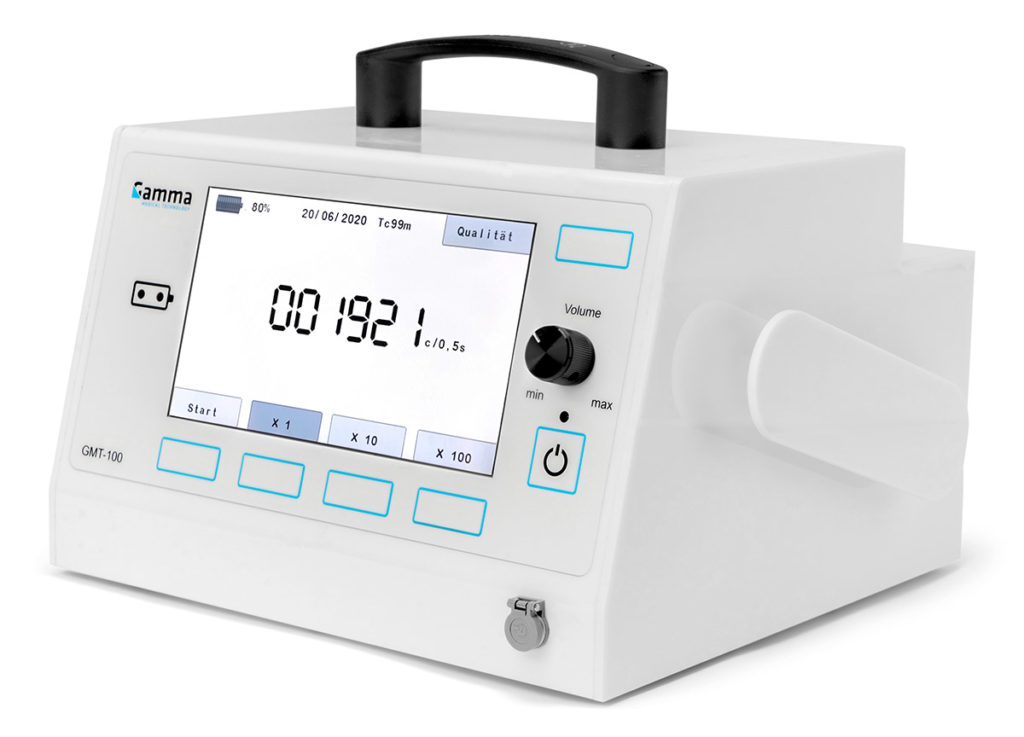

- Monitor no gamma control how to#
- Monitor no gamma control full#
- Monitor no gamma control Pc#
- Monitor no gamma control windows#
* Below is the translation from the Japanese of the ITmedia article "Is the Beauty of a Curve Decisive for Color Reproduction? Learning About LCD Monitor Gamma" published July 13, 2009. Users who value picture quality are advised to check this information. Understanding gamma is useful in both color management and product selection. In this session, we'll discuss gamma, which has a significant impact on color reproduction on LCD monitors.
Monitor no gamma control windows#
Problems like extremely poor display of shadow areas, blown-out highlights, or images prepared on Macs appearing too dark on Windows computers are often due to gamma characteristics.
Monitor no gamma control full#

Monitor no gamma control how to#

Monitor no gamma control Pc#
Improve Work Efficiency by Combining an External Monitor with your Notebook PC.What We Discovered After Trying Five EIZO Monitors in our Editorial Department.What is the Optimal Display for Watching Video? – The OLED Revolution.

Efficient Telecommuting with a Laptop and Monitor.FlexScan EV2795: A Writer’s Extensive Review.Expert Advice – The Best Way to Invest in Your Home Office.So if I owned that monitor, I would just test these settings and see what I like best. It is pretty clear from these, that on this monitor, you don't need to touch the blue, but green and red should be turned down to similar values together. I would no bother with the ICC profiles if you're just gaming.Ĭolor Temp User Red 97, Green 98, Blue 100īrightness= 34 (according to preferences and lighting) You can look at to see if your monitor's in there or just google the modelnumber + calibration and see what you find. In other words, while you can't really "calibrate" a monitor by copying other people's settings, but it will get you in the ballpark, so that would be my advice. In the past, I've copied calibration values from other people and I found when comparing these, while they differ, often it's not too much. Mind you, the monitor was clearly too red for me at 100/100/100 yet I ended up with the same value for G as for R ¯\_(ツ)_/¯ I ended up with R 92, G 92, B 89 for this. And you kinda do that for a while until it's okay. You turn down red until it's "good" but then you have too much blue, so turn down blue, now green is too much, but red is also too much again, so turn that down. Brightness has almost no consequences for these values, so you can actually change brightness depending on your needs without messing up the colors. I've actually calibrated my monitor with a colorimeter for the first time, and you start that process off by settings R G B values.


 0 kommentar(er)
0 kommentar(er)
